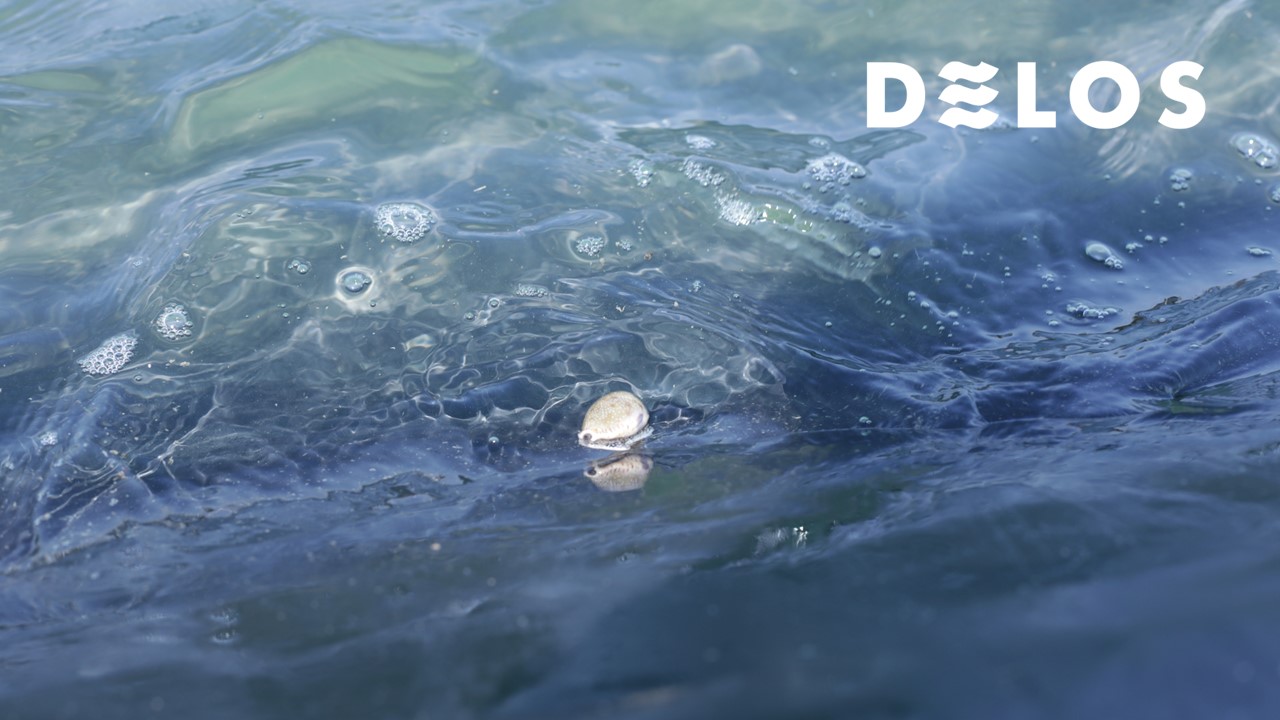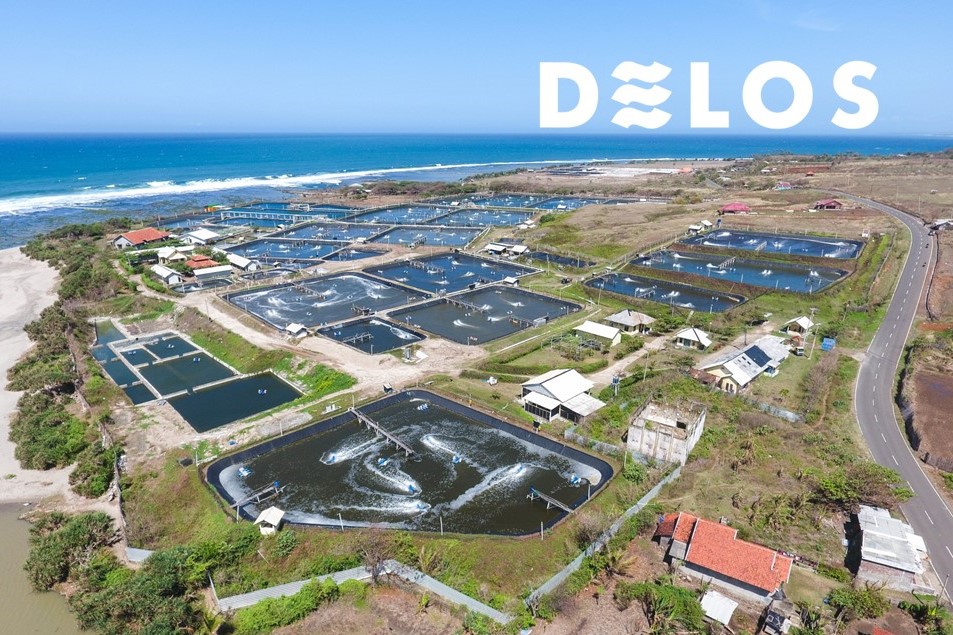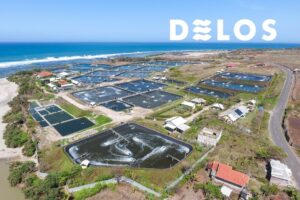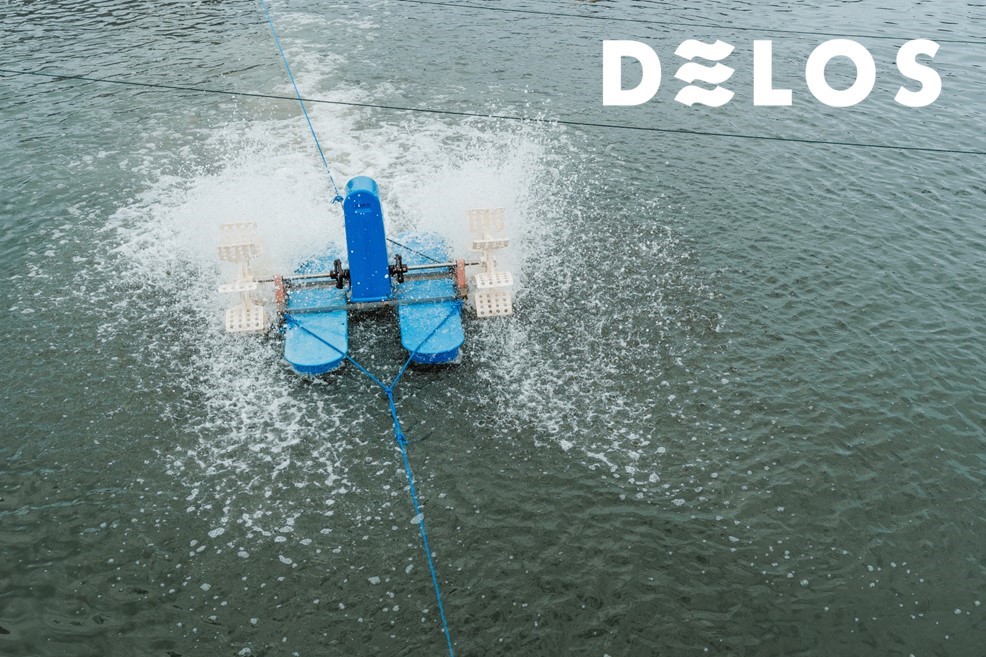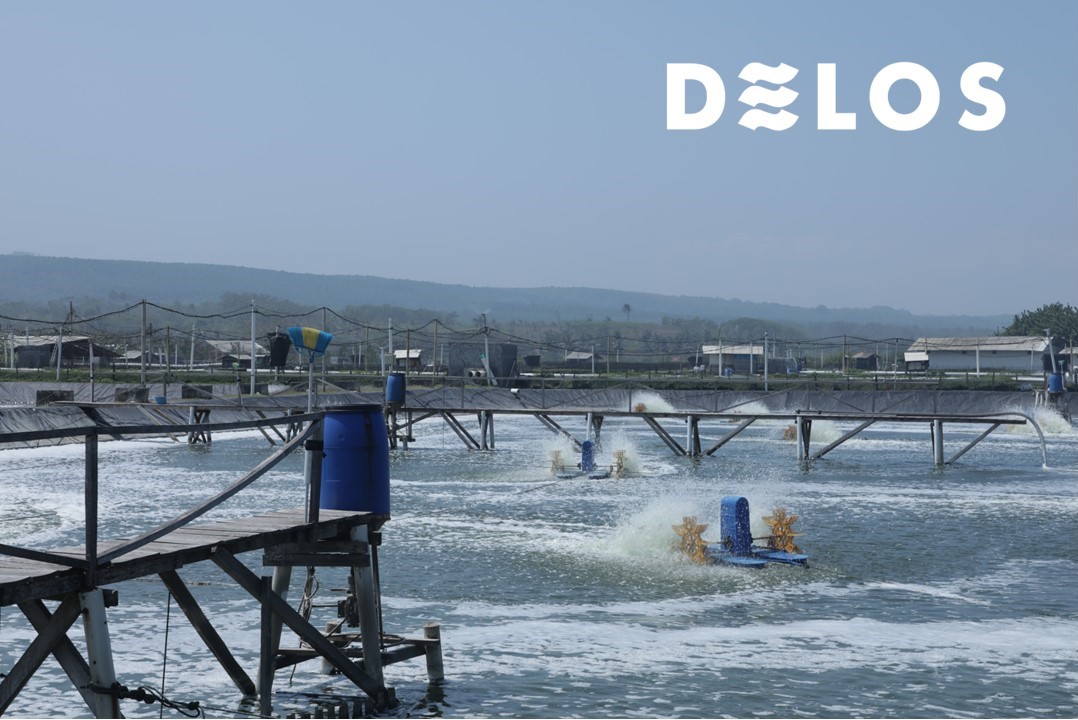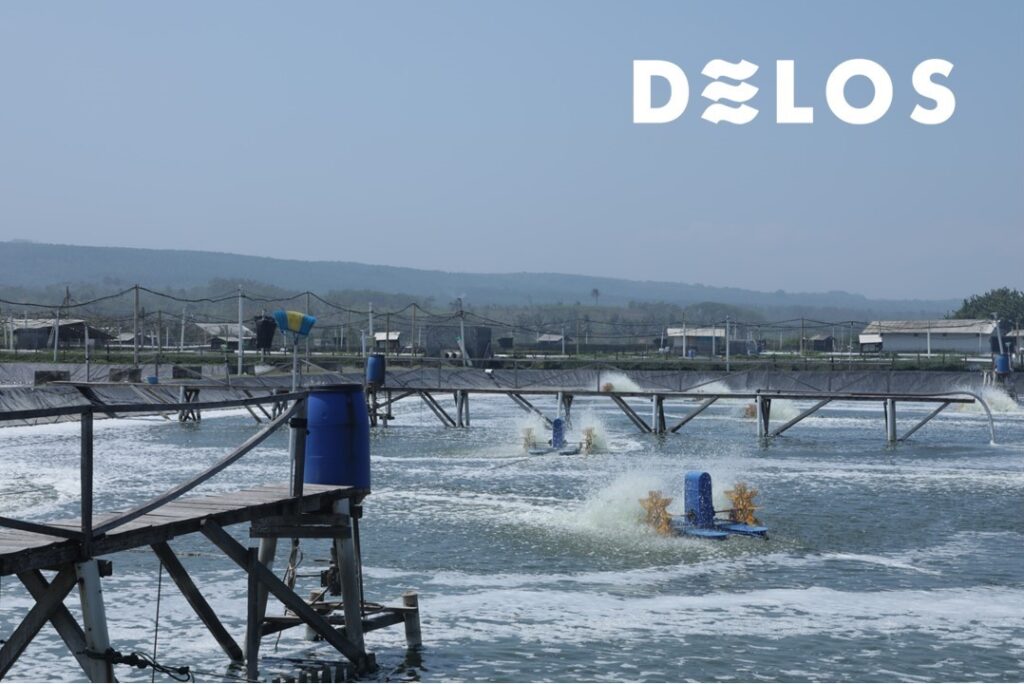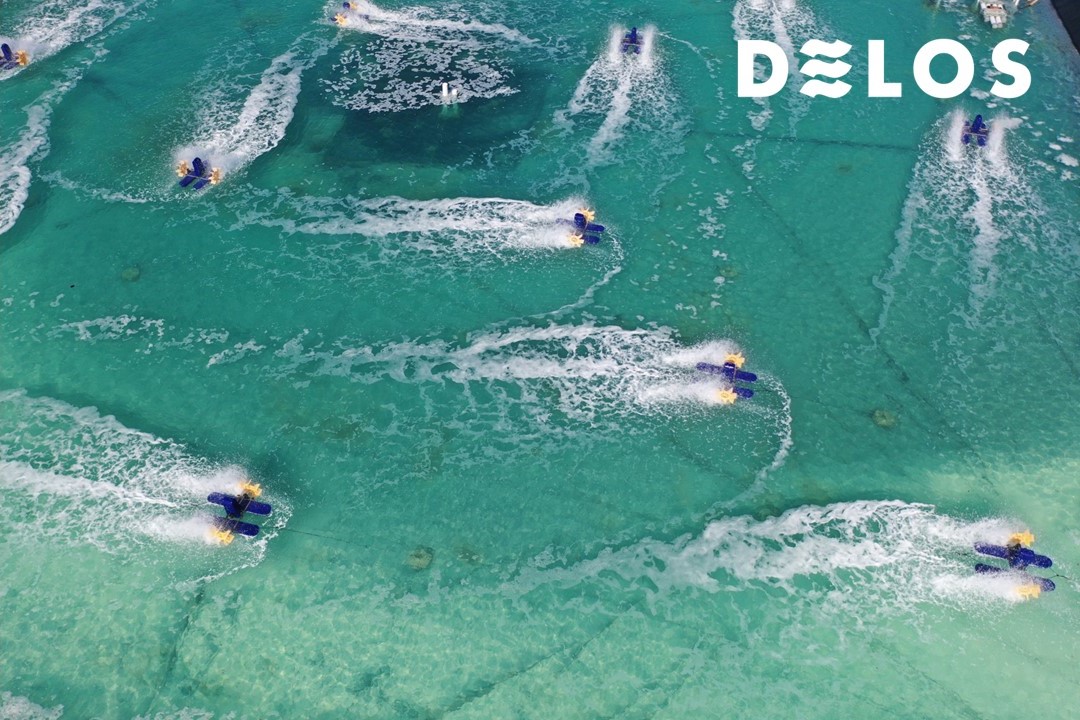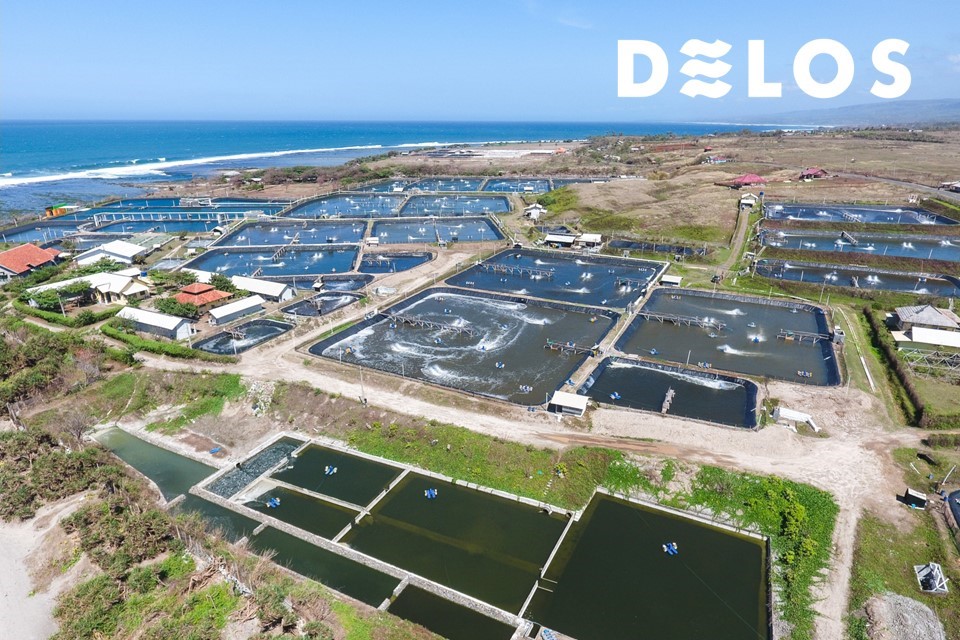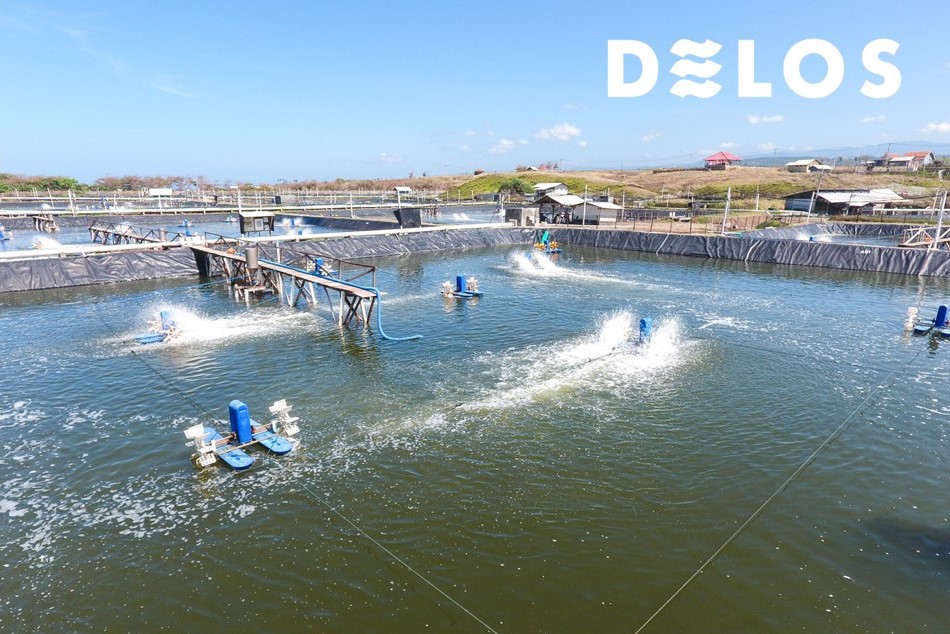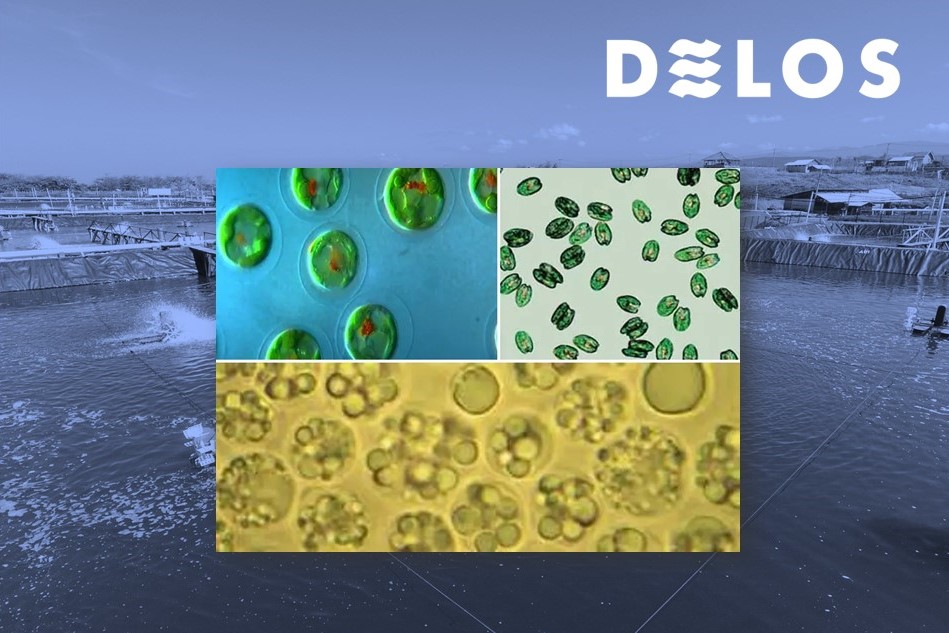Effective Strategies for Controlling Ammonia in Vannamei Shrimp Ponds

Controlling ammonia in Vannamei shrimp ponds has become one of the essential tasks for every shrimp farmer. Excess ammonia levels above the normal threshold can have detrimental effects on the pond environment and shrimp health.
Fundamentally, ammonia in pond water cannot be completely eliminated as it plays a crucial role in the nitrification process. However, ammonia levels must always be carefully monitored to prevent them from exceeding the allowable threshold.
In this article, we will delve further into effective strategies for managing ammonia in shrimp ponds. Read on to discover this valuable information in its entirety!
Also Read: Toxic Substances in Shrimp Ponds: Hidden Threats to Shrimp Survival
Ammonia in Vannamei Shrimp Ponds
Ammonia is a chemical compound formed as a byproduct of shrimp metabolism and undigested feed. High concentrations of ammonia can disrupt shrimp’s health, poison them, and even lead to mortality. Therefore, controlling ammonia is key to achieving success in Vannamei shrimp aquaculture.
Ammonia is a chemical compound generated from shrimp metabolism, the accumulation of unconsumed feed, decomposition of dead organisms, and feces. In shrimp ponds, there are two types of ammonia: free ammonia (NH3) and ionised ammonium (NH4+), which are accumulated as Total Ammonia Nitrogen (TAN).
Essentially, ammonia is also required in the shrimp pond ecosystem for the nitrification process by plankton. However, ammonia levels in the pond should not exceed 0.1 ppm to ensure healthy shrimp growth.
Causes of High Ammonia Levels in Ponds
1. Shrimp Metabolism
The metabolism of Vannamei shrimp produces ammonia as a byproduct. The more shrimp cultivated in the pond, the more ammonia is produced through their metabolic processes.
2. Overfeeding
Overfeeding can result in an excess of leftover feed that rots and accumulates at the pond’s bottom, becoming a source of ammonia.
3. Suboptimal Water Temperature
Elevated water temperatures can increase shrimp metabolism, leading to higher ammonia production. Conversely, when the water temperature is too low, the growth of ammonia-reducing bacteria can be inhibited, impeding ammonia breakdown.
4. Poor Waste Management
Organic waste from Vannamei shrimp cultivation, such as unconsumed feed, feces, and deceased organisms, accumulates at the pond’s bottom. Inefficient waste management systems can lead to waste accumulation, which contributes to elevated ammonia levels.
Also Read: The Use of Dolomite Lime in Shrimp Farming: Benefits and Implementation
Strategies for Controlling Ammonia
1. Efficient Waste Management System
In Vannamei shrimp ponds, an efficient waste management system is a crucial initial step. Ensure that leftover feed and shrimp waste do not accumulate at the pond bottom, which can lead to excess ammonia.
2. Proper Aeration
Using aerators or devices to improve water circulation and oxygen levels in the pond is essential. Sufficient oxygen helps reduce the production of harmful ammonia and creates a healthier environment for Vannamei shrimp.
3. Feed Management
Precisely control feed distribution. Provide shrimp with the right amount of feed to prevent feed excess that can become a source of ammonia. Use high-quality feed that is well-absorbed by the shrimp.
4. Beneficial Ammonia-Degrading Bacteria
Introducing beneficial ammonia-degrading bacteria, such as Nitrobacter, into the pond can help convert ammonia into less harmful compounds like nitrate. This reduces ammonia levels in the pond water.
5. Regular Monitoring
Perform routine water quality monitoring in the pond. Periodic water quality testing helps identify changes in ammonia levels and allows for prompt action when ammonia spikes occur.
6. Water Temperature Control
Maintaining an optimal water temperature is crucial. Vannamei shrimp are more susceptible to ammonia at high water temperatures. Ensure the water temperature falls within the appropriate range for shrimp growth.
Also Read: The Importance of Minerals in Vannamei Shrimp Farming
Make Your Vannamei Shrimp Farm More Productive with DELOS!
Controlling ammonia in Vannamei shrimp ponds is a crucial aspect of successful shrimp farming. With efficient waste management, proper aeration, and good feed management, you can create a healthy and productive environment for your Vannamei shrimp.
Moreover, selecting the right partner is essential for the success of your Vannamei shrimp farming, especially in terms of reducing production costs and increasing profits.
DELOS has a strong track record in managing Vannamei shrimp ponds in Indonesia. They make shrimp farming more productive, efficient, and profitable. DELOS boasts a team of top-notch operational experts and researchers in Indonesia.
Contact the DELOS team at contact@delosaqua.com or discuss your shrimp pond issues through the contact form on our website at www.delosaqua.com. Make Vannamei shrimp farming more productive with DELOS!
